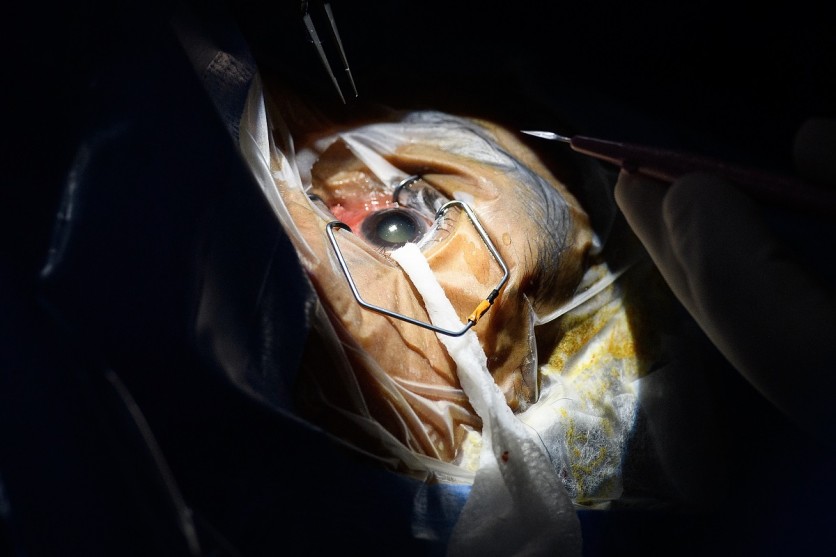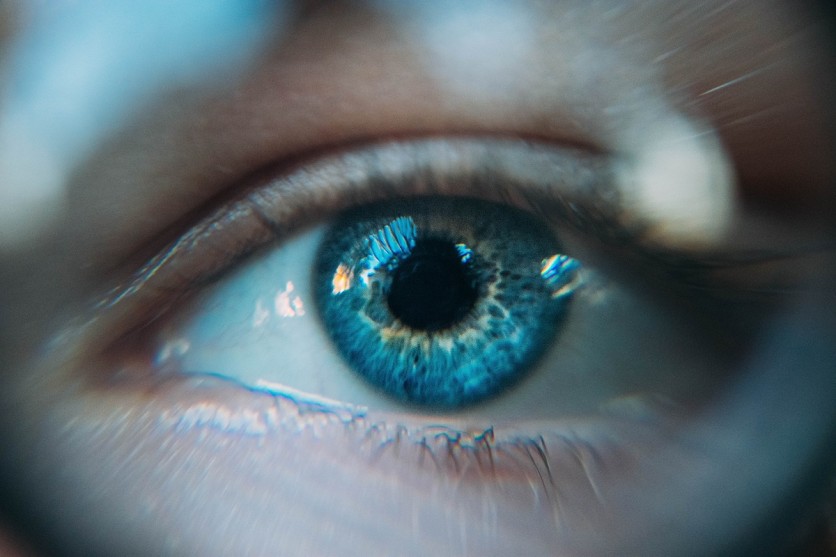After getting rejected by the Eye Bank Association of America (EBAA), researchers from Eversight Ohio studied 132 sets of eye tissues that tested positive for COVID-19. These samples were taken from 33 deceased donors who were tested post-mortem, but only 10 of them tested positive.
The Center for Vision and Eye Banking Research (CVEBR) team, led by Onkar B. Sawant, looked at tissue samples from these dead donors and they found evidence of the virus in the eye itself, and not just in tears, which scientists have earlier found.

Although the study has not yet been peer-reviewed, its findings could impact the donation process for eye tissue, which is needed by millions of people worldwide. The research report has been published on the medRxiv, a pre-print website, on October 6.
Scientists Find Virus in Donors' Eyes
The 132 eye tissue sets rejected by the Eye Bank came from 33 donors who already passed away. While all their tissue samples showed evidence of coronavirus, only 10 donors actually tested positive post-mortem. It was quite puzzling how the virus reached the eye of the other 23 donors who got negative test results.

Meanwhile, the researchers recovered the 20 eyes of the 10 donors who were confirmed COVID-19 victims. They found clear evidence of the SARS-CoV-2 in various eye parts, including the posterior and anterior corneal as well as the vitreous or the gel-like fluid around the eye. They also found spike and envelope proteins of SARS-CoV-2, the virus that causes COVID-19, in corneas' epithelial layer.
'Small but noteworthy prevalence'
The research team acknowledges that the study shows a "small but noteworthy prevalence of SARS-CoV-2" in eye tissues from donors who tested positive for COVID-19. Their findings reinforces the importance of the donor screening guidelines and disinfection protocols, including a post-mortem testing, to ensure transplant tissues are clear from SARS-CoV-2.
Sawant, who is Eversight's director of research, said that the latest results are included in an ongoing study on the impact of the coronavirus in human eye. While their primary stimulus is ensuring the safety of surgeons and patients, Sawant also hopes to further motivate the scientific community to conduct further research on SARS-CoV-2. "This is a novel virus and we are all eager to learn as much as we can about it to save and protect lives," Sawant told Newsweek.
Sawant also noted that there is still no systematic study about coronavirus in human eye. "Determining the risk is critically important to ophthalmologists, eye tissue donation and cornea transplantation," he said adding that there are millions worldwide who need these sight-restoring transplants.
Currently, the EBAA guidelines disqualify COVID-19 victims from being donors of eye tissues for transplantation. This further limited the availability of donor tissues amid the pandemic.
However, these recent revelations from the study further reinforced the significance of these guidelines, although it is not clear yet whether infected tissues could transfer the virus when used for transplants. It would require more research to find out the answer. Although in general, respiratory viruses cannot be transmitted through tissue or cell transplantation.
Meanwhile, Sawant noted that their research is still ongoing and he vowed to keep adept with other researches. He remarked that they are also monitoring scientific findings by other researchers knowing that "SARS-CoV-2 is constantly evolving."
Related article: At Least 12,000 Minks in Utah, Wisconsin Die After Contracting COVID-19 from Humans
This is owned by Tech Times
Written by CJ Robles
![Apple Watch Series 10 [GPS 42mm]](https://d.techtimes.com/en/full/453899/apple-watch-series-10-gps-42mm.jpg?w=184&h=103&f=9fb3c2ea2db928c663d1d2eadbcb3e52)



